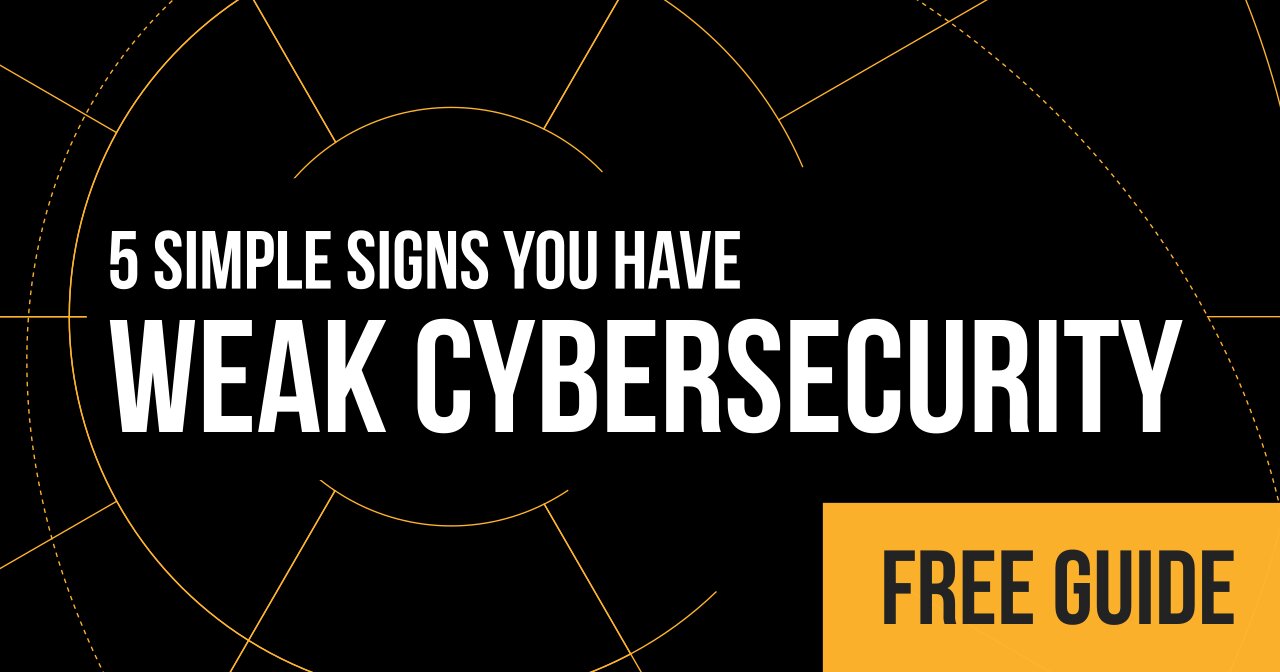
Let’s take a walk in the dark. Sound unsettling? Maybe, but hey, in countless horror movies a character at some point walks into their home and DOESN’T TURN ON THE LIGHTS. It works out for them, right?
WRONG.
With a few exceptions walking in the dark rarely pays off. That’s why we put light switches next to our main entrance. We know things are safer when we can see clearly.
So, let’s turn on the light when it comes to your cyber insurance. Or would you rather wander in the dark hoping that when your organization is in a crippling crisis everything will work out just fine?
Yes, your business needs cyber insurance. But here’s the uncomfortable truth: without the right preparation, your cyber insurance could be a liability. In other words, you’re walking in the dark with danger all around you.
Cyber insurance carriers are tightening their requirements, and 2025 is bringing a whole new level of scrutiny. If you can’t prove your company is following strict security protocols, that shiny policy you’ve been paying for might be worthless when you need it most. Worse yet, the fallout from a denied claim could leave your company and your reputation in tatters.
The High Cost of Assumptions
Many business leaders assume cyber insurance guarantees protection. It doesn’t. Policies are riddled with conditions, and insurers are increasingly looking for reasons to deny claims. Why? Because breaches are skyrocketing, and payouts are eating into profits.
Just ask any business owner who’s done battle with their insurance company. For example, a business with a $3 million cyber policy was hit by ransomware. They thought cyber insurance would help them survive because they believed they had followed their insurer’s requirements. Turns out, they hadn’t kept proper documentation of their employee training program. Claim denied. The result? Bankruptcy within six months.
Don’t think it can’t happen to you? If your organization can’t validate every security measure in place, you’re at risk. That’s not just a financial risk; it’s a personal one. If the board, shareholders, or regulators come calling, you could be the one left holding the bag.
The 2025 Shift: Cyber Insurance Gets Serious
Insurers are playing hardball. Starting in 2025, expect stricter audits, higher premiums, and an increased focus on compliance. They won’t just ask if you have firewalls. They’ll want evidence of regular testing, documented policies, and proof of incident response planning.
This shift leaves no room for assumptions. You need airtight evidence of your security posture, or your coverage could be null and void. For CEOs and CFOs, this isn’t just a compliance issue. It’s a survival issue. Protecting your company starts with understanding these requirements and ensuring you’re prepared to meet them.
Why Documentation Is Your Best Defense
Insurance companies don’t care about intentions. They care about evidence. To stay covered, you need to show:
- Proactive Risk Management
Demonstrate that your company regularly assesses and mitigates risks. This includes vulnerability testing, patch management, and third-party audits. - Employee Training
Document that every team member has undergone regular cybersecurity training. Insurers want proof that your people are a strength, not a liability. - Incident Response Readiness
Show you’re prepared to respond quickly to threats with a documented plan. Insurers know that quick action can make all the difference. - Compliance with Standards
Align with industry best practices and document adherence. This proves you’re taking security seriously—not just for insurance, but for your business’s resilience.
The Opportunity for Decision-Makers
Here’s the silver lining: preparing for these requirements doesn’t just protect your insurance coverage. It positions your company as a leader in security and risk management. That’s a competitive advantage you can take to clients, partners, and shareholders.
Working with a managed service provider (MSP) that specializes in security compliance can give you the edge you need. The right MSP can help you:
- Conduct regular security audits
- Simplify the documentation process
- Provide evidence to insurers
- Reduce your overall risk
As a decision-maker, it’s your responsibility to protect not just the business, but everyone who depends on it. Insurance alone isn’t enough. You need proof that your security measures are working and that you’re ready for whatever 2025 brings.
Don’t Wait for a Crisis
The time to act is now. Start by asking tough questions:
- Can we validate our security measures today?
- Is our documentation ready for insurer scrutiny?
- Do we have the right partners in place to ensure compliance?
The answers to these questions could mean the difference between surviving a breach and being blindsided by a denied claim.
The Bottom Line
Cyber insurance is only as good as the foundation it rests on. Without validation and documentation, it’s not a safety net. It’s a gamble. Just like those movie characters walking around a dark house even though they’re in danger, you’re playing a dangerous game that you can’t win. As a CEO or CFO, you owe it to your business, your employees, and your stakeholders to make sure your company is ready.
You can buy a policy, and then you can close your eyes and hope for the best. However, if you do that and disaster strikes, you might as well be standing in a dark room with a serial killer.
Excuses won’t cut it. Evidence will.



